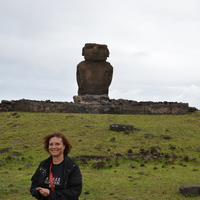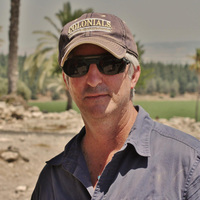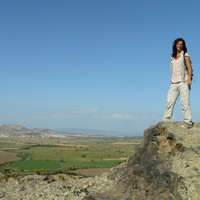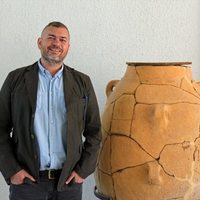
Irene Lemos
Professor of Classical Archaeology,The University of Oxford
Address: Merton College
Oxford OX1 4JD
UK
Address: Merton College
Oxford OX1 4JD
UK
less
Related Authors
Ian Young
Australian Catholic University
Eric H Cline
The George Washington University
Christina Williamson
University of Groningen
Philipp Wolfgang Stockhammer
Ludwig-Maximilians-Universität München
Carlos Fabião
Universidade de Lisboa
Maria Nilsson
Lund University
Stefano R L Campana
University of Siena / Università di Siena
Enrico Cirelli
Università di Bologna
Vasıf Şahoğlu
Ankara University
Kristian Kristiansen
University of Gothenburg
InterestsView All (35)










Uploads
Papers by Irene Lemos
A Companion to the Archaeology of Early Greece and the Mediterranean offers an original and inclusive review of two key periods of Greek archaeology, which are typically treated separately—the Late Bronze Age and the Early Iron Age. It presents an in-depth exploration of the society and material culture of Greece and the Mediterranean, from the 14th to the early 7th centuries BC. The two-volume companion sets Aegean developments within their broader geographic and cultural context, and presents the wide-ranging interactions with the Mediterranean.
The companion bridges the gap that typically exists between Prehistoric and Classical Archaeology and examines material culture and social practice across Greece and the Mediterranean. A number of specialists examine the environment and demography, and analyze a range of textual and archaeological evidence to shed light on socio-political and cultural developments. The companion also emphasizes regionalism in the archaeology of early Greece and examines the responses of different regions to major phenomena such as state formation, literacy, migration and colonization. Comprehensive in scope, this important companion:
Outlines major developments in the two key phases of early Greece, the Late Bronze Age and the Early Iron Age
Includes studies of the geography, chronology and demography of early Greece
Explores the development of early Greek state and society and examines economy, religion, art and material culture
Sets Aegean developments within their Mediterranean context
Written for students, and scholars interested in the material culture of the era, A Companion to the Archaeology of Early Greece and the Mediterranean offers a comprehensive and authoritative guide that bridges the gap between the Late Bronze Age and the Early Iron Age.
three structures discovered on the site which were equipped with clay drums and platforms, and might have served for gatherings where display and consumption of food were the main ritual activities. Two of the structures are dated to the 12th century while the third dates from the 12th to the 10th centuries BC. Moreover, detailed comparisons are offered with similar platforms and associated assemblages of ceramics, figurines and animal bones found in funerary, domestic and cult contexts from the Postpalatial to the Archaic periods. Caroline Thruston's paper presents the figurines discovered in the area. Alex Livarda and Georgia Kotzamani offer the analyses of the bio-archaeological evidence, while Alex Mulhall presents a preliminary account of the faunal remains and Tatiana Theodoropoulou offers a study of marine animal associated with cult activities.